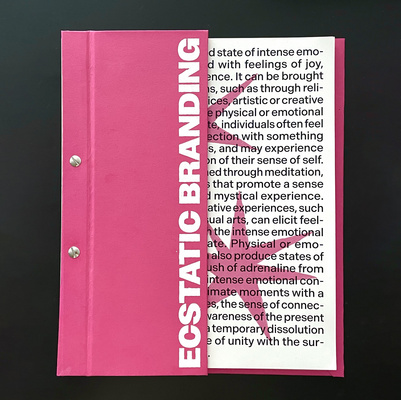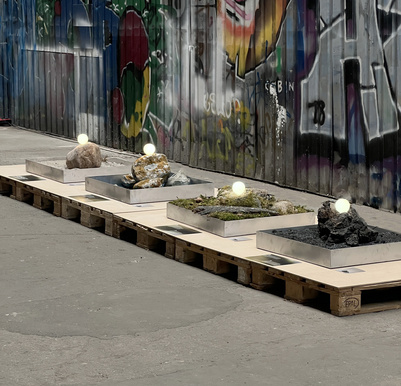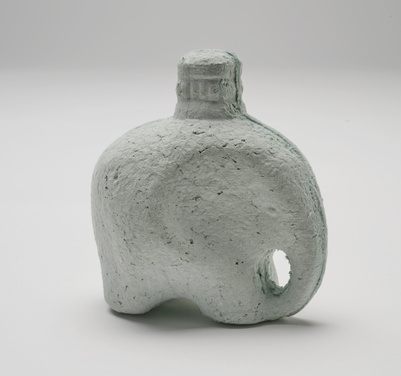Artificial Intelligence Literacy in Design Teaching
Flip It is a competence developing workshop for high school design teachers helping them become AI literate. The workshop builds capacities and gives confidence — explaining what AI and AI literacy is, having the participants train it, develop and study the needed skills as well as discussing why this is important in education.
Meeting the challenges
We are today in the very early stages of AI technology’s full potential, but can already start forecasting the paradigm shift this technology will bring. This fundamental shift in society will require us to develop new skills in any kind of profession and education is very much one. I have in the project identified several challenges in the scope of high school design education.
The students need a competent teacher to guide them as 15-17 year olds are not mature enough to make all critical analysis of the technology themselves. And the high school design teachers can easily overlook this technology as the education they provide the students are very much shaped by the teachers’ interests and backgrounds.
These challenges were also confirmed at UNESCO’s first global meeting with Ministers of Education on the topic of AI applications in education systems on May 26th. The importance of the teacher as a learning facilitator was highlighted, but also that the teachers will need guidance and training to meet these challenges.
"Generative AI opens new horizons and challenges for education. But we urgently need to take action to ensure that new AI technologies are integrated into education on our terms."
—Stefania Giannini, UNESCO Assistant Director-General for Education

A Visual Departure
The workshop takes departure in the image, a media that design teachers are familiar with and has four parts; 1) Explore, 2) Test and Learn, 3) Teach & 4) Evaluate.
The board of 25 AI generated images works an explorative wall where the participants first start to discover the possibilities and threats of the technology. By flipping the cards, they learn what AI applications were used and the prompts (instructions) formulated to create the images. Each card has a specific exercise connected to it, which can be found on the flip side of the first board. The workshop’s five exercises should be seen as different entryways to AI technology and AI literacy.
In a first beta-release of the workshop, two high school design teachers conducted two exercises — Reality Check and Hit and Miss. With the exercise Reality Check they first studied the possibilities and threats that comes with applications that quickly can create realistic visualisations. They worked together trying to decode three images, looking for signs that they were AI-generated. This interpretation of the images opened up their mind and they started to discuss both the prospects in education as well as the dangers in relation to society.
In the exercise Hit and Miss the participants explored the (mis)communication between human and applications. They started with an idea of an image and wrote a prompt describing it for the application. They analysed the result and had to continue to reformulate the prompt coming closer to their first idea. They became aware of the craft of “prompting” as the application kept generating images that had many elements they did not ask for, or thought of explicitly, when describing it in the instruction for the application.


Increased Interest and Confidence
The beta-test of the workshop showed that teachers need to see and try out the technology to start imagining how to, either incorporate it in their education, or how to respond to it when a student uses it independently. Both participants at the workshop were very satisfied, writing in the evaluation that their learnings from the workshop would come to use in the classroom with the students. One said that she would pay attention to both the opportunities and the pitfalls in design and AI, the other teacher said that the workshop gave her the courage to use AI as a tool.


The Process
The project is done in collaboration with Billedekunst– og Designlærerforeningen (the teachers’ association for art and design high school teachers in Denmark). During the project I have also met with 13 different professionals as informants in three specific research tracks; 1) Design Education (in high school), 2) Design & AI and 3) AI (in general). Throughout the semester I used methods such as, interviews with dialogue tools, field research to Viborg Gymnasium and user tests.





